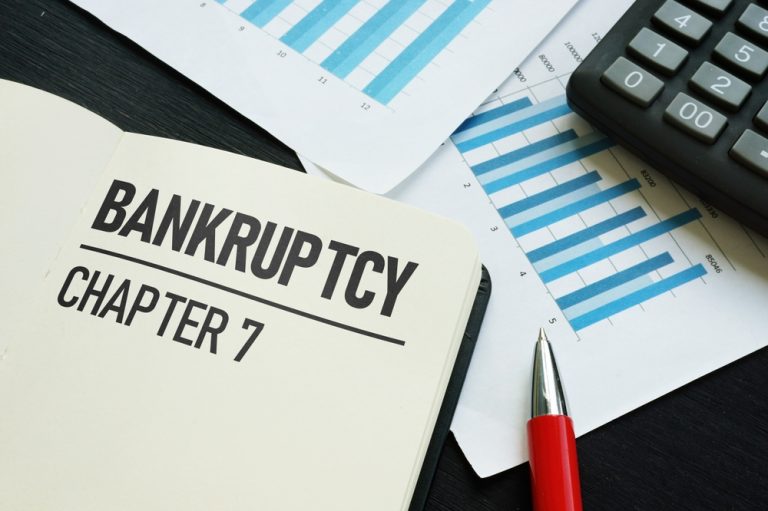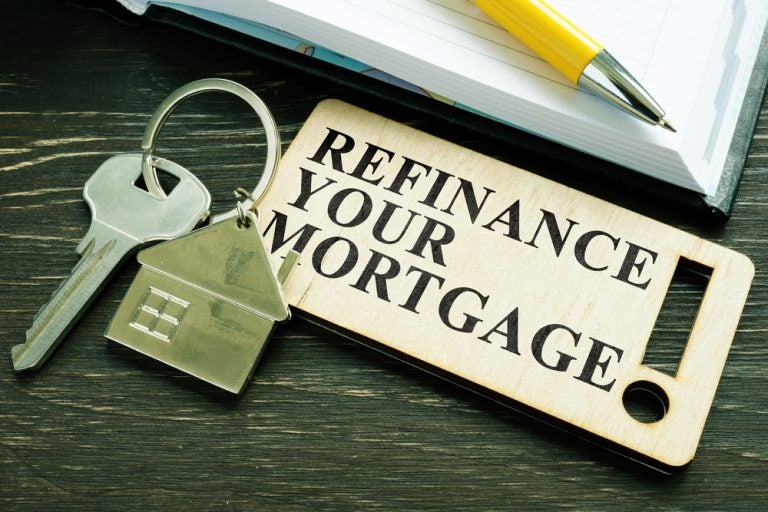Shopping for a mortgage? Explore current rates, compare lenders, and utilize our convenient calculators to determine your home affordability. Our expert team offers timely news updates and guidance to assist you throughout the mortgage process.
Mortgage Basics
Calculate Your Mortgage Payment
Editor's Picks
$200,000 Mortgage Payment Over 30 Years: How Much Will it Cost You?
100% Financing Mortgage: No Down Payment Needed
5/1 ARM vs. 30-Year Fixed Mortgage: Which Is Right for You?
500 Credit Score Mortgage Lenders
Latest Headlines

•
February 18th, 2025
How Long Does It Take to Refinance a Home?
A mortgage lender tells us how long it takes to refinance a home and offers expert tips to speed up the process.
read more
6 Best Online Mortgage Lenders of 2025, According to Experts
•
February 13th, 2025
Looking for the best online mortgage lenders? Compare top-rated lenders based on rates, fees, loan options and customer service to find the right one for you.

7 Best Mortgage Lenders That Do Not Require Tax Returns
•
February 13th, 2025
Explore the best mortgage lenders that do not require tax returns, offering a straightforward solution for self-employed borrowers.

Best Mortgage Lenders That Work With Chapter 7, According to Experts
•
February 11th, 2025
Mortgage lenders that work with Chapter 7 may require you to wait two years before applying, though some have shorter waiting periods.









